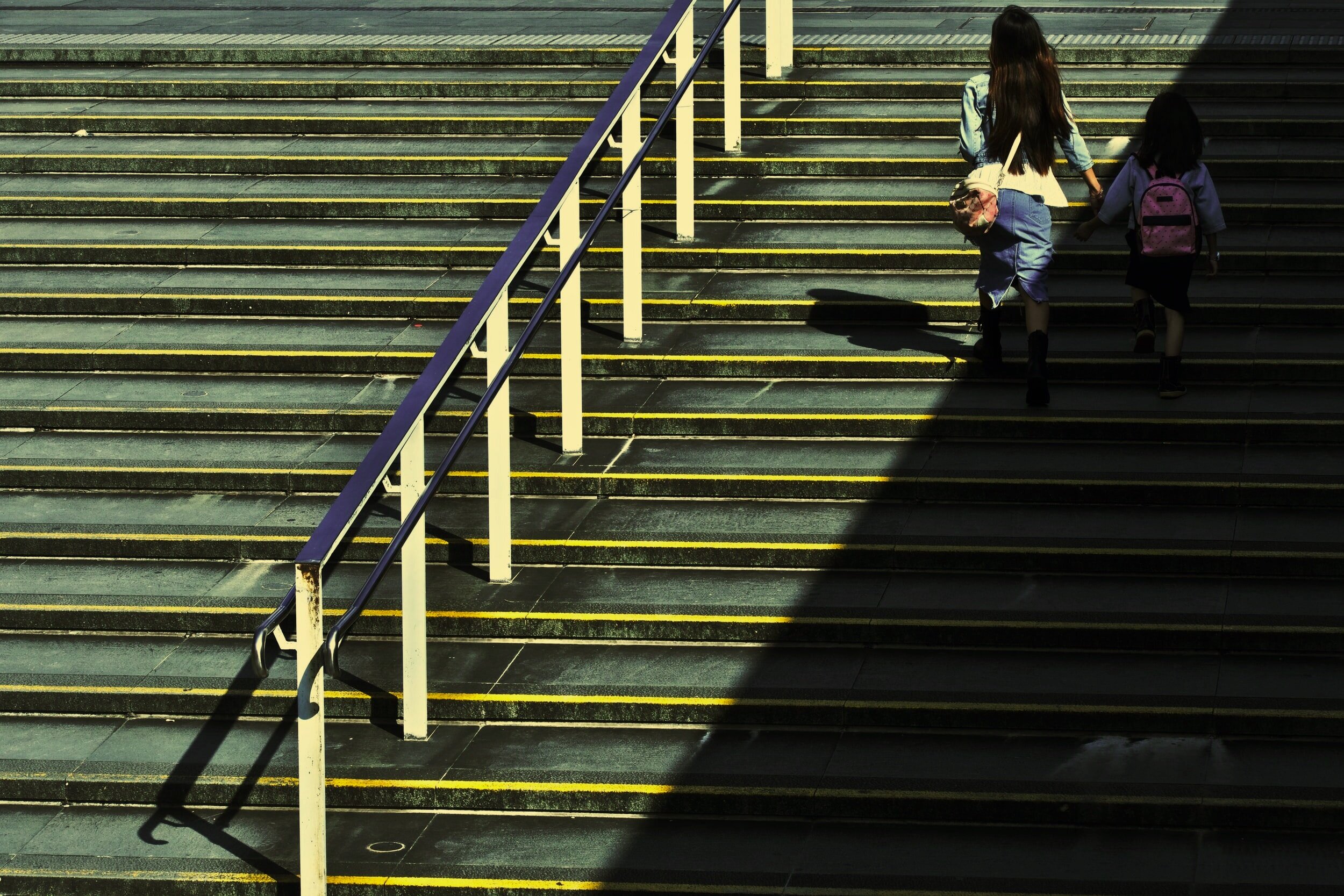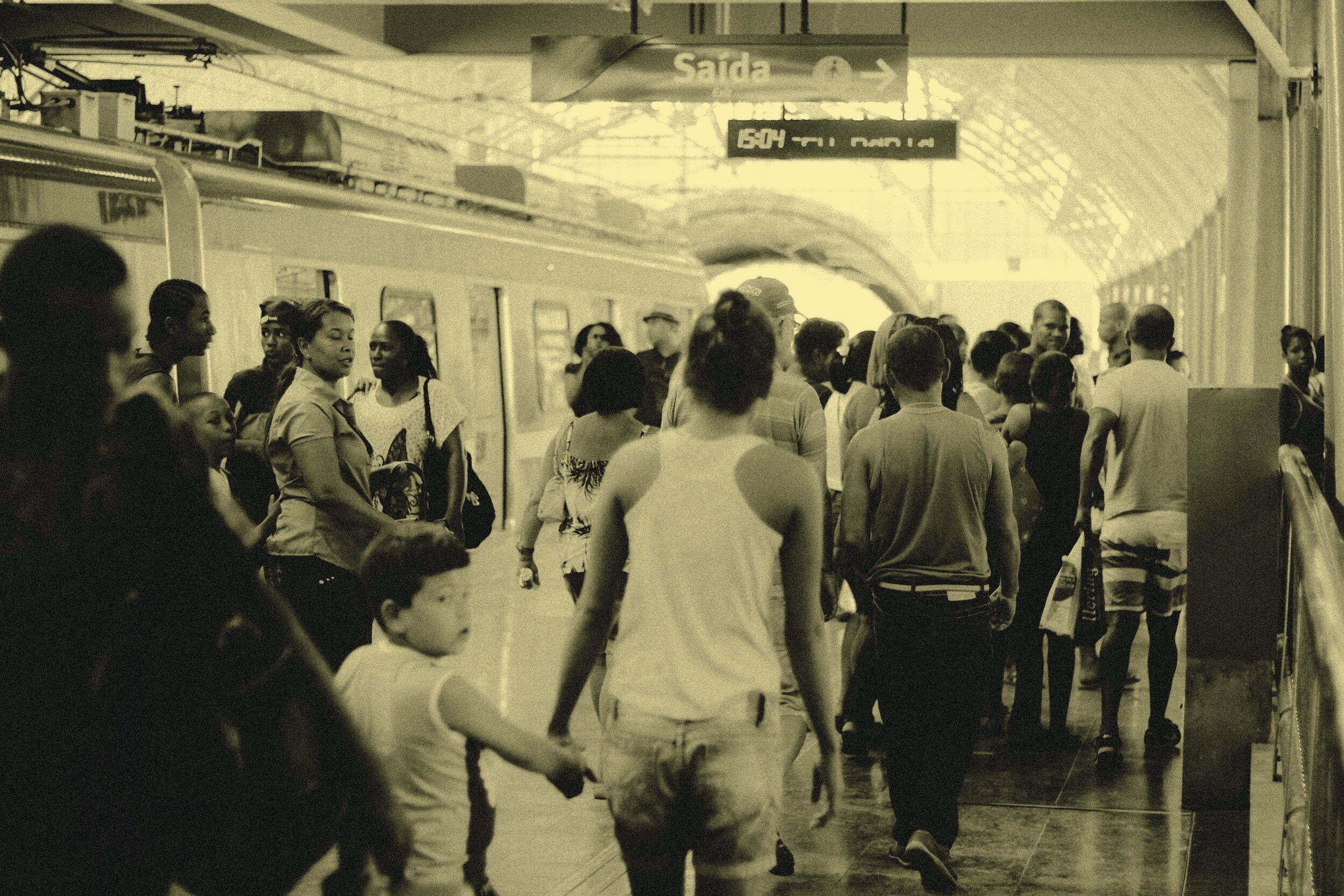Design Lessons from the Olympics
There are few events more exciting than the Olympics. Partly it’s due to the scarcity of the event itself, after all, the Summer and Winter Olympics happen only once every four years, and partly it’s due to the fact that this is the one event in which there really is global involvement. As much as we think G8 summits are global events, the “8” means only 8 countries or regions have seats at the table.
However, for the Summer 2021 Olympics (technically still called the 2020 Olympics), the latest data I saw was that around 200 nations and one Refugee Olympic Team will compete. If you’re comparing to the G8 summit attendees, that’s slightly more than eight. It’s hard to argue that this isn’t a worldwide event. Maybe the people of the world don’t agree on climate change, economic issues, and social concerns, but we seem to come together at least when it comes to the Olympics.
One would think, therefore, that designing for the Olympics might be more straightforward than usual, as the customer (i.e. the world) is in a particularly unifying or agreeable mood. But this clearly isn’t the case. On the contrary, the “product of the Olympics” falls squarely within the typical design and engineering activities where budgets are overrun, deadlines are missed, and technical problems abound.
I share a few brief perspectives below and perhaps some lessons we can all learn from considering the design of the Olympics.
Something always happens
The 2020 Summer Olympics were canceled and rescheduled to take place in Tokyo in the Summer of 2021 due to the COVID-19 pandemic. This was clearly unexpected. No one could have predicted the spread of, and the response to, the disease which started at the end of 2019. I don’t think any country would have been in line to host the Olympics had they known that there would be little or no revenue generated during the events. The stadiums are empty, the fans and families are watching from home, and the tourists are nowhere near Japan.
Indubitably, there are other uncertainties that might not be realized, but COVID-19 was clearly a big one that reared its ugly head. For example, Japan falls right on the ring of fire and has already experienced earthquakes and devastating tsunamis in recent history. Although a repeat of the 2011 Tohoku earthquake and tsunami has a low probability during the Olympics this year, it could still happen. Still, something usually does happen. And it did – COVID-19. How much this impacts the games and the various nations’ and athletes’ responses are currently being observed.
Almost every major design activity will suffer in like manner with something coming up which almost derails the entire project. I’m amazed at how often I learn about how something almost never came to be due to some unforeseen event arising during the process. If a nearly insurmountable event does arise, then the designers, engineers, or architects were able to overcome the surprise challenge or setback, but almost always something happened that brought the entire project inches away from cancelation. Still, the expectation was to see it through it and solve the problem.
It might be a person, a budget cut, a political ploy, an external or a global pandemic, but a lot of elements have to align precisely for these big projects to get funded and then ultimately realized. If just one thing is out of place, the whole thing can be derailed.
The lesson is, therefore, that something unfortunate will likely happen during your next big design project, whether big or small. You should count on it happening and have a plan to respond. Mentally prepare first and then set aside and plan some time or other resources to respond to that thing. Although we should still try to brainstorm and eliminate every possible problem by designing things robustly, we can’t come up with every possibility à priori.
There are a lot of stakeholders
Almost everyone feels like they are a stakeholder of the Olympics and have some buy-in. There is, of course, the national pride we all feel, even if subconsciously, but more directly our tax dollars might be supporting the hosting bids a few years in advance or still paying for facilities built many years ago. Furthermore, no other product in the world is consumed by so many people. One can argue that the Olympics has even more customers than even Facebook, with both having billions.
What this suggests is that there are a lot of people that care and are interested in the outcomes of the Olympics. Appeasing them all is a tough challenge. As we hear and read in a variety of places and ways, you can please some of the people all the time, and all the people some of the time, but not all the people all the time. Still, the 700 menu options at the Olympic Village Cafeteria must get close…
I’m confident the Olympics planning committee does their best to make sure nations are well represented, and athletes feel supported, and the integrity of the sports are as fair as possible and transparent, but this doesn’t mean that everyone will agree. As they should, certain athletes and coaches will want to push the edge and seek for ever higher, stronger, and faster performances. This, unfortunately, can result in obvious conflicts when clothing, shoes, or substances are viewed as legal or illegal, fair or unfair, appropriate or inappropriate, by different people, cultures, and nations. At the end of the day, someone might have a legitimate claim that the system was rigged against them and they could be right.
What’s important is that we consider these viewpoints from the vast array of stakeholders or customers. No one is really like us and so we better have an open mind if we are designing for a large group of people that doesn’t include us. We may initially start with a target audience in mind, but better quickly expand that target to include others of different genders, races, ages, ethnicities, etc.
Be prepared for criticism and stay optimistic
Since you can’t please all the people all the time, you can bet that a portion of those people who are unsatisfied will actually voice their opinions and share their perspectives about your product or design even without your requesting it. I find this to be true no matter what environment I’m in and no matter what my product is. It’s likely you feel the same way too.
The Olympics have had a number of detractors and it doesn’t take long to find a journalist who has taken the stance that the Olympics are not worth the money or are completely corrupt or are unfair, or are… countless other things. To a large degree, these individuals are paid to generate and propagate the negative viewpoint. We all know that the news rarely covers the positive or good things due to our psychology that we prefer the negative to the positive. So, unfortunately, we may always get a disproportionate amount of negative news (and, more recently, potentially fake news), that could make us pessimistic about the world and people. And, unfortunately, although there is a lot of good in the world (and I take the position that there is more good than bad) we won’t ever get a full helping of the good. We have to seek that out ourselves and try to be optimistic.
When it comes to your projects, even if something is good, others might simply not mention those good parts. Thus, it takes someone quite optimistic to see their own project through amid the naysayers and still remind ourselves of those good things. Just recently, I was in a thesis defense where there were obviously more good than bad things. There was good content, good findings, good contributions, and good work done. However, the group’s conversation, including my own comments were focused on what was weak and needed to improve. From one perspective, my employer asks and compensates me to do just that --- identify problems and weaknesses and help others fix them. I agree, but I also wasn’t completely oblivious to the fact that the committee focused 90% of the time on the 10% that was problematic. I’m glad to report that the individual on the receiving end stayed optimistic and kept working through the necessary iterations.
One would have to be optimistic if designing for the Olympics and I’m pleased the organizers of the Tokyo 2020 Olympics continued to work the problems despite the additional burdens and criticisms overcoming the bad news. As current and future designers and entrepreneurs, we should stay optimistic despite the criticism and negativity that will surely come both invited and uninvited. It’s not easy but what result is usually a good thing.
To cite this article:
Salmon, John. “Design Lessons from the Olympics.” The BYU Design Review, 3 Aug. 2021, https://www.designreview.byu.edu/collections/design-lessons-from-the-olympics.





